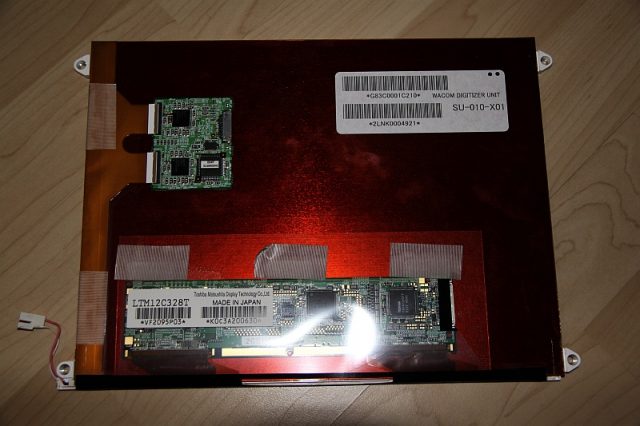Some time ago, a water softening device was installed in my home main water supply line. Such a device contains one or multiple gel capsules that act as ion exchangers, replacing calcium and magnesium in the fresh water supply with sodium. In regions with a rather hard water, this can save you a lot of trouble with maintenance of valves and the lifetime of water-consuming devices like washing machines and dishwashers.

For regulation, a conductivity sensor determines the hardness of the incoming water. After running through the gel exchanger, the residual hardness is assumed to be around 0.5 °dH which allows the mixing ratio of raw and processed water to be calculated. I won’t go further into details here, the bottom line is: It works like a charm, water is as soft as it needs to be. The device at hand is built by JUDO and is available in several configurations. Basic models contain a two-capsule exchanger for seamless switchover/regeneration cycles and an integrated electronic control unit for automatic regeneration of the gel. A more advanced “i-Soft plus” model is extended by a touchscreen user interface complete with LAN/WLAN network access. This enables monitoring through a specialized iPad application where the interested user can view total water consumption per day, week, month or year as well as change different system parameters. As a nice bonus, the plus unit has an integrated main line valve which is closed automatically whenever user-set time, volume or flow rate limits are exceeded. This already saved my ass once when a pipe became leaky inside a wall. Unfortunately, the exact protocol for communication with the device is not disclosed, which is where this story begins. Continue reading









